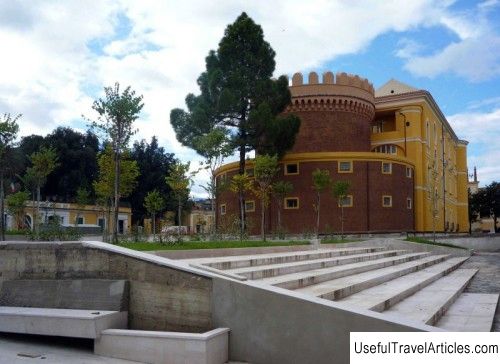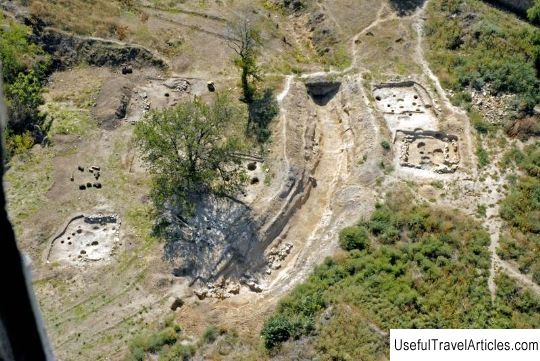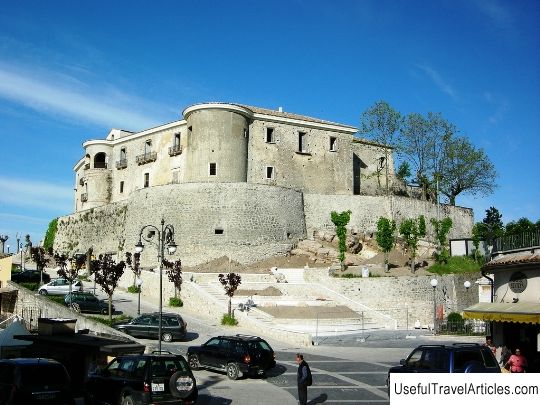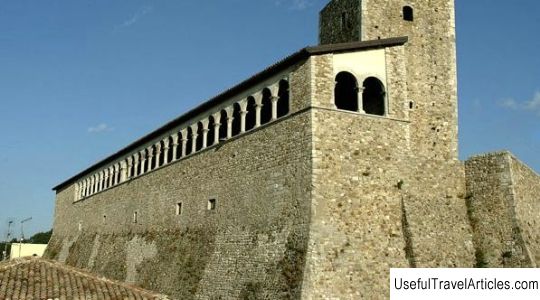Castello d'Alagno description and photos - Italy: Campania
Rating: 7,5/10 (1249 votes) 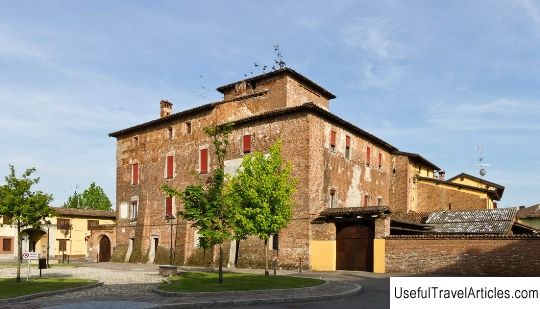
Castello d'Alagno description and photos - Italy: Campania. Detailed information about the attraction. Description, photographs and a map showing the nearest significant objects. The title in English is Castello d'Alagno. Photo and descriptionThe Aragonese Castle Castello D'Alagno is located in the beautiful medieval town of Somma in the Campania region of Italy. It was built by order of Alfonso I of Aragon on the site of an ancient castrum (castle-fortress) that existed in the 5th century. From the very beginning, the castle was conceived as a country residence and had no defensive goals. Here King Alfonso spent the last years of his life with the young and charming Lucrezia d'Alagno. After the death of the king, Lucretia became the owner of the castle and settled in it - over time, he began to bear her name. For a time, Castello d'Alagno belonged to Giovanna III of Aragon and her daughter Giovanna IV, and in 1691 it was transferred to Luca Antonio, Baron de Curtis from Naples. In the 18th century, the structure, which consisted of four cylindrical gear towers, was restored and converted into a neoclassical villa. Today, Castello d'Alagno also owns a spacious courtyard, which overlooks the servants' quarters and storage rooms with creeping vaults leading to the upper floors with halls, living rooms and terraces. Around the castle, there is a large garden with fruit trees, which emphasize the elegance of the building. Since 1998, Castello d'Alagno has been owned by the municipality of Somma Vesuviana, on whose initiative restoration work has been carried out here. The castle is planned to house a museum center and a library. Not far from the town of Somma Vesuviana, in the town of Elder della Regina, is the so-called Villa Augusta - a huge ancient Roman building that was used until the 5th century. The villa was discovered during excavations, held with the participation of the University of Tokyo. Today tourists can explore this monumental complex with columns and decorated walls with niches. The villa was covered with ash during the eruption of Vesuvius in 472, thanks to which numerous statues have survived, for example, a fragment of the statue of Bacchus with a leopard kitten.     We also recommend reading Stari Most description and photos - Bosnia and Herzegovina: Mostar Topic: Castello d'Alagno description and photos - Italy: Campania. |

